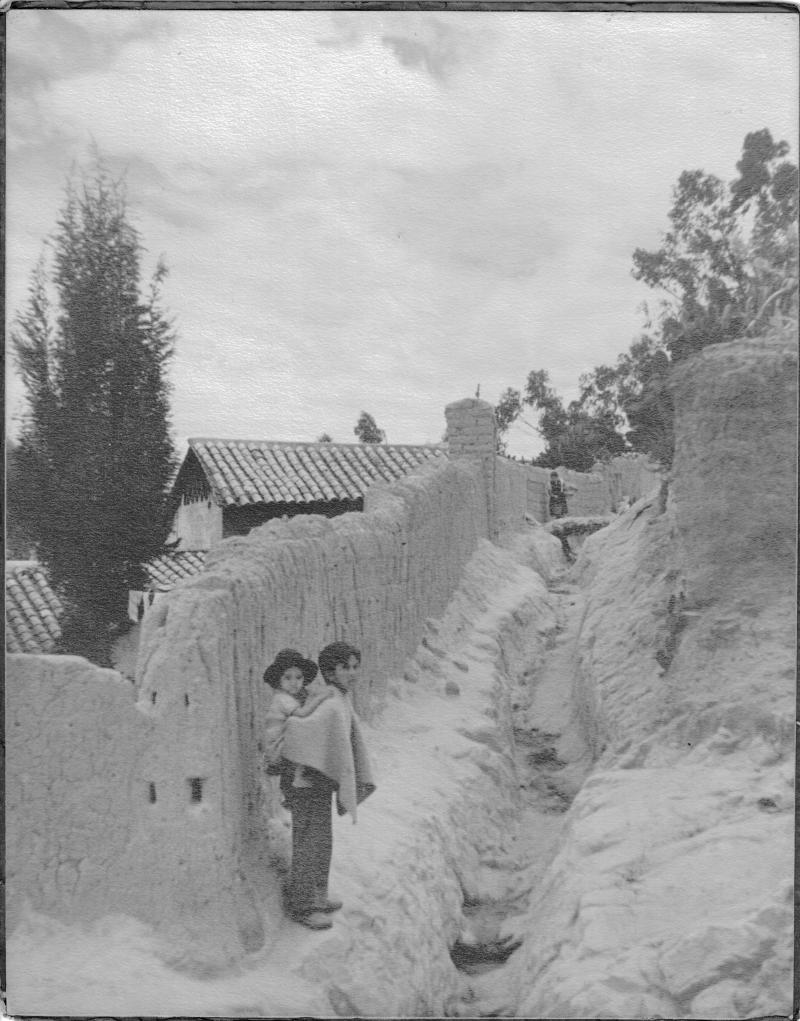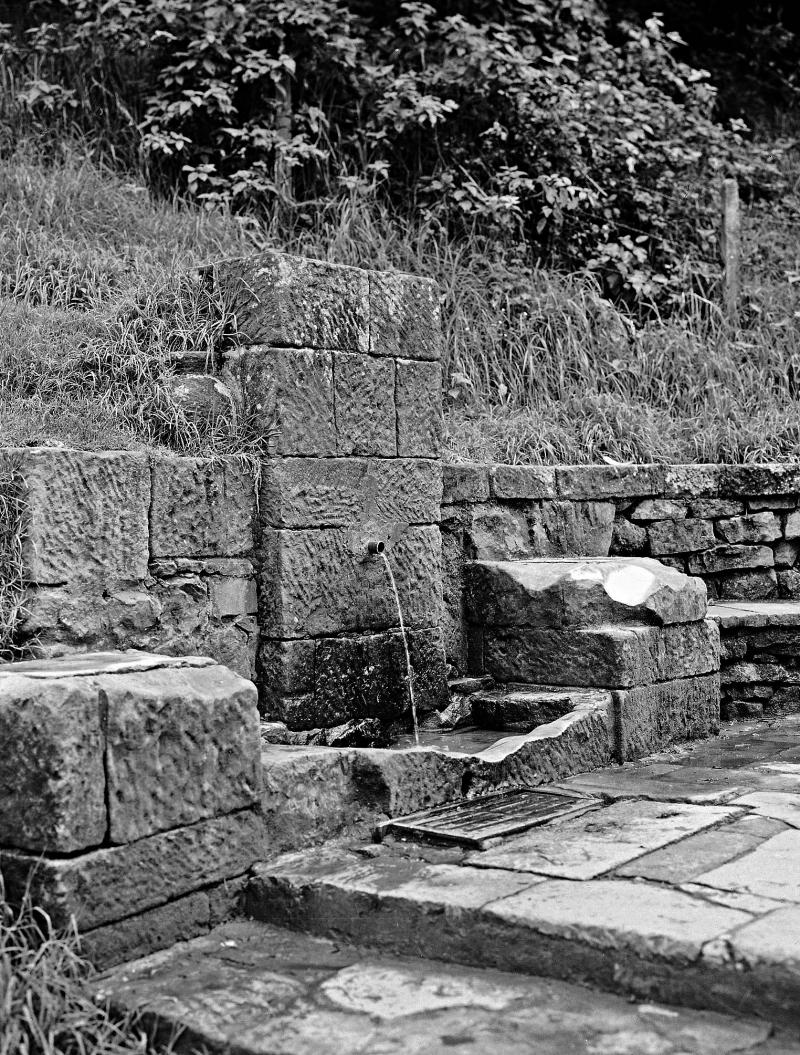Triumphalism and Unruliness during the Construction of the Panama Canal
This paper considers the construction of the Panama Canal in order to analyze the confluence of imperialism, modernity, and environmental control.
This paper considers the construction of the Panama Canal in order to analyze the confluence of imperialism, modernity, and environmental control.

Saúl Ordúz, Niños en calle sin pavimentación, 1930
Saúl Ordúz, Niños en calle sin pavimentación, 1930
Unpaved street with an open ditch in the middle. This ditch was used to channel waste, taking advantage of the rain and the slope of the Eastern Mountains of Bogotá.
All rights reserved. Courtesy of Museo de Bogotá. Instituto Distrital de Patrimonio Cultural.
The copyright holder reserves, or holds for their own use, all the rights provided by copyright law, such as distribution, performance, and creation of derivative works.

Saúl Ordúz, Chorro de Padilla, 1979
Saúl Ordúz, Chorro de Padilla, 1979
At the beginning of the twentieth century public water fountains were installed across the city to bring free water to citizens. This photograph shows one of them: the Chorro de Padilla, a colonial water fountain that poured freshwater from the mountain of Monserrate, one of the mountains from the Cordillera Oriental near Bogotá.
All rights reserved. Courtesy of Museo de Bogotá. Instituto Distrital de Patrimonio Cultural.
The copyright holder reserves, or holds for their own use, all the rights provided by copyright law, such as distribution, performance, and creation of derivative works.
This book presents one of the first comparative histories of rivers on the continents of Europe and North America in the modern age. The contributors examine the impact of rivers on humans and, conversely, the impact of humans on rivers.
Interview with the author of one of the first environmental histories of the Ottoman Empire.